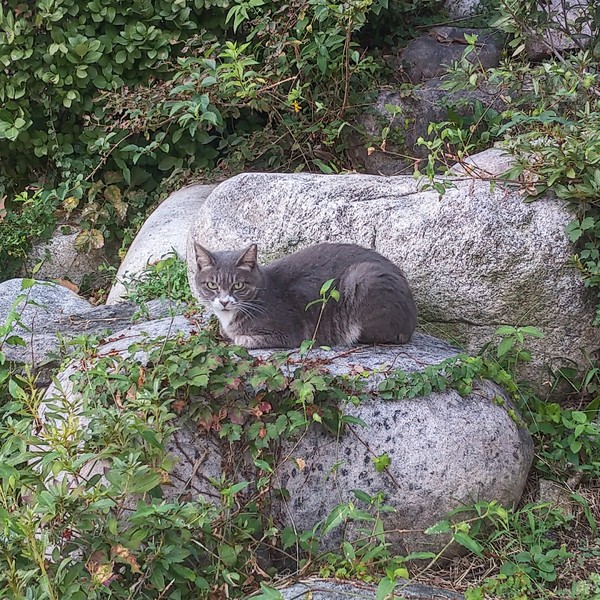Photologue @theuostimes7

"If not were so cute, cats would have been extinct.” This is a quote popular on the social media implying the controversies over the community cats. Recently, some cities and towns have seen a great increase in them, which caused movements to protect and feed them for the rights of the cats. However, there are voices against protecting the cats, because of the urban hygiene issues they cause. Some studies say cats are responsible for the imbalance of the food chain in the city and are the cause of the decrease of birds living in the city. To satisfy both sides, one for the life of the cats and the other for decrease in number of them, Trap-Neuter-Return (TNR) appeared as a modern solution.
TNR basically is what it stands for. First, the cats need to be trapped with minimized stress. Then, they get their genital organs surgically castrated/sprayed to be “neutralized”. The final stage of TNR is returning the treated cats to their original habitat. TNR is operated to reduce the number of stray cats by preventing their reproduction. Cats who underwent TNR are known to live longer because with their instinct to breed, the hostility is relieved.
The studies on the case of Newburyport Port, Massachusetts have shown the effect of TNR. The city operated TNR over 300 stray cats from 1992 and successfully achieved “kitten-free” state with no ownerless cat by 2009.
Since the term TNR was coined in the United Kingdom in the 1950s, it has been consistently implemented worldwide ever since. For the case of the United States and U.K., non-government organizations (NGOs) for animal rights are in charge of the work. According to Humane Society International, approximately two percent of the 30 to 40 million community cats have undergone TNR. South Korea also has been one of the countries to participate in TNR since the 2000s. Seoul has neutralized 64,670 cats from 2008 to 2017 and reduced the number of stray cats from 250,000 down to approximately 130,000 over the same period, according to the Seoul Metropolitan Government. TNR is still ongoing, and Seoul has a plan to neuter about 10,000 new stray cats every year.
Like many other policies, TNR has certain limitations and controversies over it. The biggest and the most critical drawback of TNR is the budget issue. It takes a huge amount of money to locate, transport and treat hundreds of thousands of stray cats. There are not many cities who are able to spend so much on neutering the cats. According to the Korean Animal Welfare Association (KAWA), some cities in rural areas could not spare even a million KRW on TNR, which is far short than sufficient.
Another issue on TNR is the need for adoption to be carried out along with neutering. Studies on successful TNR cases have shown that increase in adoption of stray cats along with TNR helped the number of the cats to decrease greatly. However, only a limited number of families in Korea are able to adopt the stray cats, and that is why it takes more money and effort in Korea to neuter the cats to a sufficient level, which is 70 percent.
TNR certainly is a solution for the cats and the people to coexist in the community when carried out properly. The government, central and local, has been operating TNR for the last two decades in the effort of controlling the population of the cats. For the TNR to be successful, care and attention of the citizens are needed. “Greatness of a nation and its moral progress can be judged by the way its animals are treated.” These days, where the argument on handling stray cats is at its peak, the quote by Mahatma Gandhi seems to be timelier than ever.
https://www.instagram.com/p/CUWwu4CPNb7/

